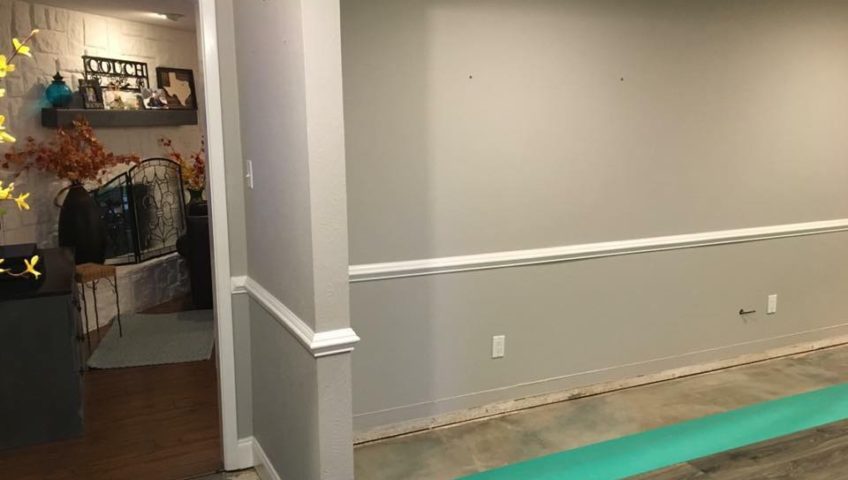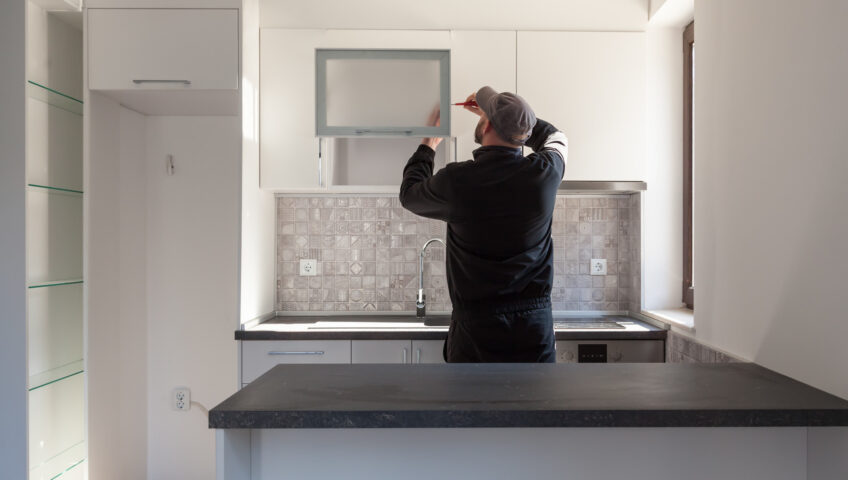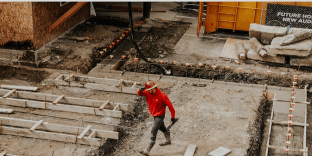
How to Identify a Load Bearing Wall
If you want to create an open-concept space in your home, you might consider removing a wall separating two rooms. But before you grab a sledgehammer and start demolishing, you need to know whether the wall is load-bearing. You also may want to hire professionals to help or at least give you advice before you take on a project like this yourself…but let’s dig into the process a bit and see. How to identify a load bearing wall?
A load-bearing wall is a structural element that supports the weight of the house above it. If you remove it without proper support, you risk causing serious damage to your home and endangering yourself and others. A non-load-bearing wall, also called a partition wall, does not support any weight and can be removed more easily. However, usually about +90% of the walls inside your home are load-bearing.
In this article, we will explain how to identify a load-bearing wall, replace it with a support beam, and what permits and precautions you need to take for this project.
How to Identify a Load-Bearing Wall
Some clues can help you determine if a wall is load-bearing, but they are not always reliable. The best way to be sure is to consult a professional builder or structural engineer who can inspect your home and provide expert advice.
Some of the signs that a wall might be load-bearing are:
- It runs perpendicular to the floor joists or roof rafters
- It is located below another wall on the upper floor or above a beam in the basement
- It has posts, columns, or other supports at its ends or along its length
- It contains plumbing, electrical, or HVAC ducts that run vertically through it
However, these signs are not conclusive and there might be exceptions. For example, some non-load-bearing walls might have pipes or wires inside them, and some load-bearing walls might run parallel to the joists or rafters. Therefore, it is always advisable to consult an expert before removing any wall.
General Steps to Replace a Load-Bearing Wall With a Support Beam
Here are some of the steps we typically follow to replace a load-bearing wall with a steel support beam:
- We cover the entire work area with moving blankets to ensure little to no damage to the floors and we seal the area off from the rest of the house with plastic to contain the dust created from construction.
- We install temporary support, called shoring material, parallel to the existing wall to support the load while we remove the wall.
- With the temporary support in place, we begin the demo of the wall by removing the trim, then the sheetrock, and lastly the 2”x4” studs.
- We leave the electric intact to make rerouting it easier for an electrician. This saves him time and the homeowner money.
- With the wall removed, we then precisely measure and carefully cut the ceiling joists to create a pocket where the new beam will be lifted into place.
- We prepare the beam for installation; on steel beams, this is done by packing the sides of the beam with wood by using a powder actuated nail gun that creates a weld between the nail and the steel. This secures the wood to the steel beam permanently. The beam that is chosen for each application is carefully selected by a 3rd party engineer to ensure it’s capability of carrying the load.
- We lift the beam into the beam pocket and support it on either end with “stud packs” which are multiple studs on-end. The amount of studs chosen is based upon the load requirement.
- We connect the ceiling joists to the newly installed beam with joist hangers.
- We make sure the beam is level and flush with the ceiling and then remove the shoring material.
- We finish by taking all the construction debris and trash off site and sweeping the floors.
- As you can see, this is not an easy task. It involves a lot of work, precision, and safety measures.

Cost of Removing a Load-Bearing Wall
Removing a load-bearing can add significant value to your home and the cost will depend on several factors, such as:
- The type of foundation below the wall
- The number of stories of the home
- The width and height of the opening
- The type and size of the beam
- The condition and structure of the floor below and ceiling above
To get an accurate quote for your project, you should consult a professional contractor, who can assess your home and provide a detailed breakdown of the costs involved.
What Permits and Precautions You Need to Take
Removing a load-bearing wall is not a simple DIY project. Depending on the area, you may have to obtain permits from your local building authority and pass inspections before and after the work. You might also need to submit detailed plans regarding your alternative support system and get approval from an architect or engineer.
Some of the permits you might need are:
- Building permit for structural changes
- Electrical permit for terminating or rerouting outlets or wires
- Plumbing permits for relocating or capping pipes
- HVAC permit for moving or sealing ducts
Removing a load-bearing wall can transform your home and create a more spacious and modern feel letting in more light and giving you a “larger-feeling” space. But it is also a challenging and risky project that requires careful planning, preparation, and execution. By choosing the professionals at Load Bearing Wall Pros, you can achieve your desired results without compromising your home’s structure or safety.
The Importance of Professional Guidance
Removing a load-bearing wall can significantly enhance your home’s functionality and aesthetics, allowing for a more spacious and modern feel. However, it is also a challenging and risky project that requires careful planning, preparation, and execution. By consulting professionals, such as those at Load Bearing Wall Pros, you can achieve your desired results without compromising your home’s structure or safety. Always prioritize safety and ensure that you have the proper support systems in place to protect your home during and after the project.


